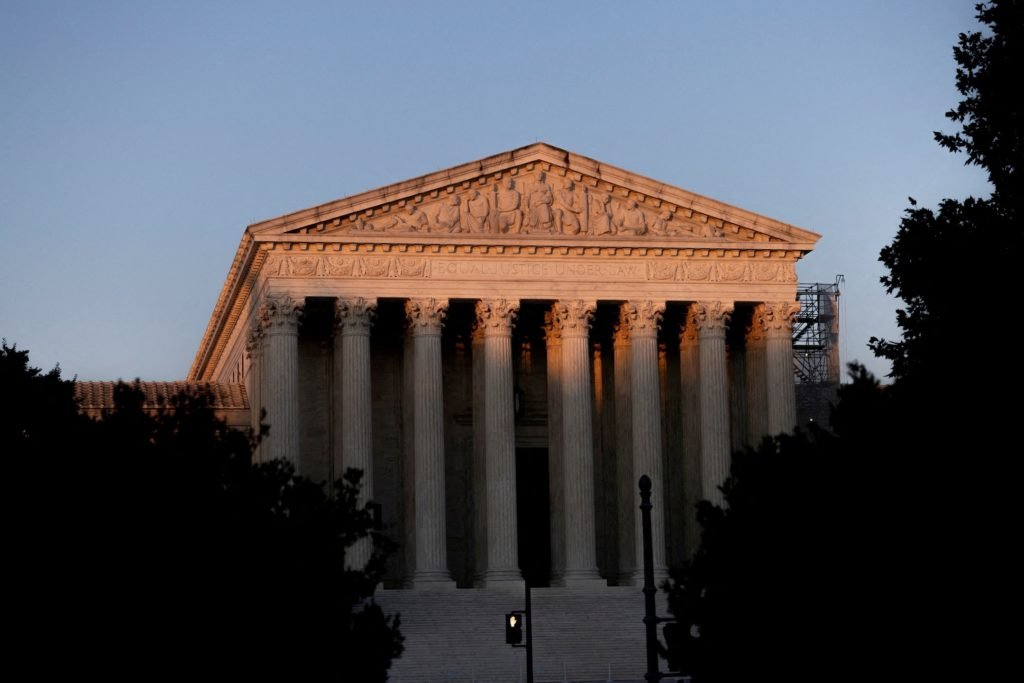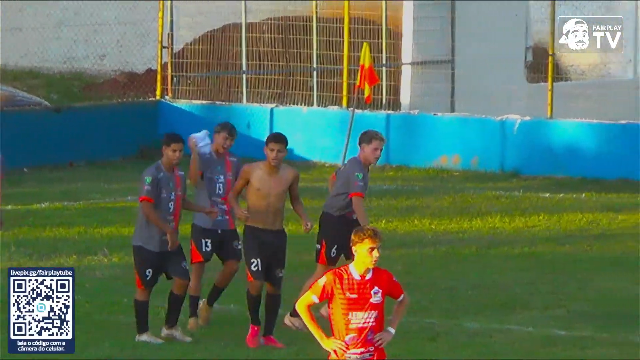Amy Howe:
So there’s a pretty long history, but for a long time — and I have been covering the court now for quite a while — there weren’t that many orders on the so-called shadow docket.
And we would think of it when I first started covering the court in terms of capital cases, and they were things that were truly emergencies. An inmate would come to the Supreme Court, say, at noon, and say, I’m going to be executed at midnight, and you need to act really quickly. And the justices then would say, well, we don’t have time to write a long explanation of why we’re acting the way we are. We just need to act before the execution is scheduled to occur.
And that’s really sort of what you might call one ticket only, something that’s only going to apply to this case. Now, with the Trump administration and with the Biden administration before that, we still call it the emergency docket, but it’s not really an emergency in the sense that it’s something that’s happening on this incredibly expedited timeline.
One of the cases this spring involving whether or not the president could remove members of the National Labor Relations Board and the Merit Systems Protection Board — the answer was yes temporarily — took six weeks from the time at which the first Trump administration — the Trump administration first came to the Supreme Court asking them to put the lower court’s order on hold to when the court actually acted.
So it’s not a lack of time necessarily to write opinions, though someone else has suggested that perhaps the justices can’t necessarily agree on the rationale, and that’s why they don’t write. But that happens all the time when the court writes its opinions in the cases in which it hears oral arguments on the merits. What matters in the end is the result, but the justices may have different reasoning in the end.




